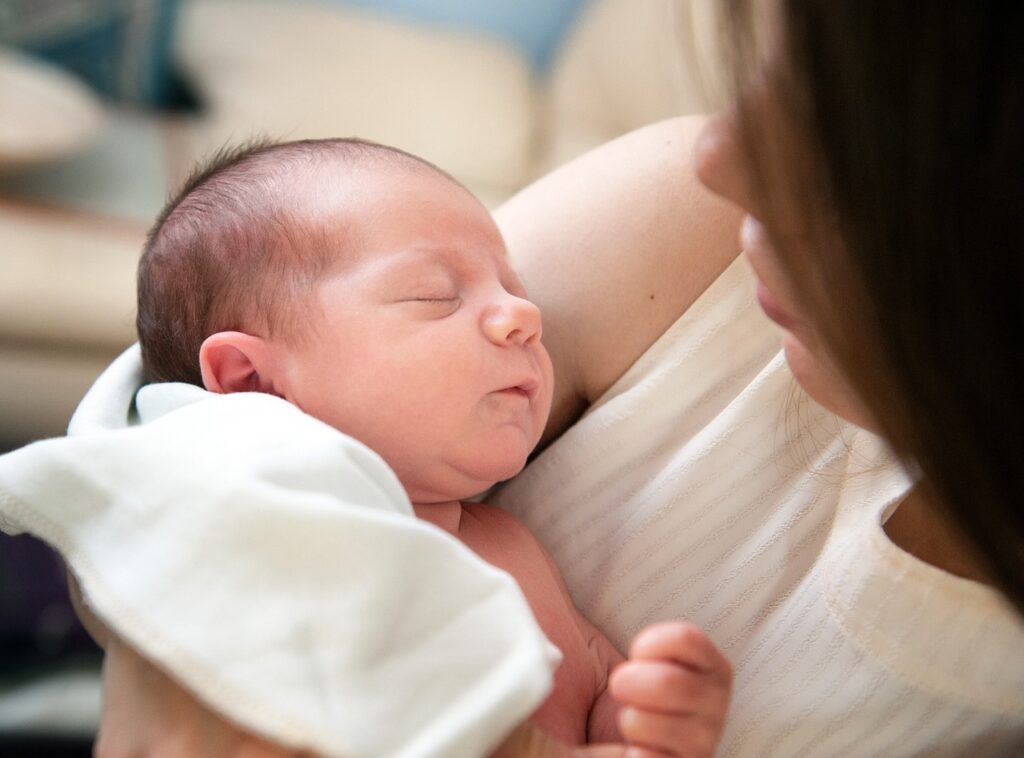Cesarean Section: What You Need to Know
Cesarean Section is important for being pregnant is the most special part for any woman. It is an ordeal of 9 months which every woman has to go through. There are two ways to deliver a baby normal and a cesarean delivery. The normal is the easier one but the later is more difficult. Today It is common for women to undergo a C-Section or Cesarean delivery. Today this type of delivery is slowly becoming the preferred choice for women. The Cesarean section is a special method to have delivery of the baby.
A Cesarean section, commonly known as a C-section, is a surgical procedure used to deliver a baby through incisions made in the mother’s abdomen and uterus. This method is typically considered when a vaginal delivery might pose a risk to the mother or baby, or when certain complications arise during labor.
When Is a C-Section Necessary?
C-sections can be planned in advance or performed as an emergency procedure. Common reasons for a planned C-section include:
1. Breech Position: When the baby is positioned feet or buttocks first in the womb.
2. Multiple Births: Carrying twins or more can increase the likelihood of needing a C-section.
3. Previous C-Section: Women who have had a previous C-section may need another due to the risk of uterine rupture.
4. Placenta Issues: Conditions like placenta previa, where the placenta covers the cervix, often require a C-section.
5. Health Conditions: Maternal health issues, such as high blood pressure or heart problems, might necessitate a C-section.
The Procedure
During a C-section, the mother is typically given spinal or epidural anesthesia, which numbs the lower half of the body while allowing her to remain awake. The surgeon makes an incision in the abdomen, just above the pubic area, and another in the uterus. The baby is then delivered through these incisions, and the surgical site is carefully closed with stitches.
Recovery After a C-Section
Recovery from a C-section generally takes longer than recovery from a vaginal birth. Here’s what to expect:
1. Hospital Stay: Most women stay in the hospital for 3 to 4 days after the surgery.
2. Pain Management: Pain and discomfort around the incision site are common, and pain relief medication is often prescribed.
3. Activity Restrictions: Lifting heavy objects, strenuous activity, and driving are usually restricted for several weeks.
4. Wound Care: Keeping the incision clean and dry is crucial to prevent infection.
Risks and Considerations
Like any major surgery, a C-section comes with risks, including infection, blood loss, and reactions to anesthesia. However, it is a relatively safe procedure, especially when medically necessary. Future pregnancies may also be affected by a previous C-section, so it’s important to discuss potential implications with your healthcare provider.

In a C-Section, the delivery of the baby is through the women’s abdomen and uterus. In this process a gynaecologist would cut through a woman’s stomach to remove the baby. This is often on the advice of the gynaecologist. Most doctors would use the local anaesthesia to perform the C-Section. This numbs the area from waist down. It is a risky operation and it must be done with all the precautions. Today technological advancement has made it safer for women to have the C-Section. There are many reasons for which a woman chooses to have C-Section.
In most situations, women would prefer to have normal delivery. But in certain situations, it becomes necessary. There are planned and unplanned cesarean sections.
Planned C Section:
Most women want to plan C Section as they want to avoid the pain associated with the delivery. It helps the gynaecologist in giving the exact date of the delivery. Sometimes it becomes planned if one has problems since the conception of pregnancy.
A doctor may suggest Cesarean birth if a woman has had such surgery before.
Unplanned C section:
This usually happens if one develops complications during the delivery. This is done to save the life of the mother and the baby. It may be recommended if the baby turns in the opposite direction.
Problems in placenta.
The placenta holds the baby in the place. Sometimes it is possible that it covers the opening of the cervix. In this condition, C-Section remains the best option.
Health Problems.
If a woman has health related ailments like heart or brain conditions. In this condition too a gynaecologist would recommend the C-Section.
- Today the risk associated with Ceaserean deliveries have visibly lessened. But one must bear in few things like:
- The recovery time in this surgery is longer.
- There are chances that you may experience heavier bleeding
It is best to consult the right gynaecologist. In the long run it ensures the Safety of mother and the baby.

